Up until the 1977 five boro challenge, most recreational bicycle rides would take place in the countryside or rural areas but this riding challenge would take place throughout the urban locales and irrevocably change bike challenges thereafter!
These first “five boro” riders included approximately, 250 participants comprised of approximately 50 high school students and 200 members of various bike clubs, traversing fifty miles.
The initial route began and ended in Flushing Meadow Park in Queens. From Queens, it would wind south through Brooklyn, over the Verrazano-Narrows Bridge into Staten Island, and then, with the help of a quick ferry trip, up through Manhattan, into the Bronx, and over the Throgs Neck Bridge back into Queens.
One year later, with the support of NYC’s Mayor Ed Koch, 3000 cyclists showed up for the Five Boro Challenge and so the annual event was born.
 "Travelin' Tanya" - co-founder of Travelin' Cousins Travel Blog and participant in the 2018 Five Boro Bike Tour. (c) travelincousins.com
"Travelin' Tanya" - co-founder of Travelin' Cousins Travel Blog and participant in the 2018 Five Boro Bike Tour. (c) travelincousins.com
The start line was at Franklin St. and Church St., with entrance points for each of the four start waves running south along Church to Battery Park.
From there, riders headed north through the heart of Central Park, continuing on to Harlem and the Bronx before returning south along the East River on the FDR Drive.
Cyclists then made their way, crossing into Queens and into Brooklyn. Riders literally took over the Brooklyn-Queens Expressway before the climb up—and then down the Verrazano-Narrows Bridge and into the Finish Festival on Staten Island.
In addition, I decided to do some research on my own, to fill in some of the facts. The riding route, as described above, had riders make their way north from Central Park, through Harlem. Specifically, the route had them continue up Madison Avenue and over the Madison Avenue Bridge. This Bridge connects upper Manhattan to The Bronx, leaving participants at 138th Street in NYC’s only borough that is part of the mainland of the United States.
Tanya was charged with one very important task during her ride - - to soak in the Bronx segment of the tour, namely, riding over the Madison Avenue Bridge and down 138th Street in the Bronx. It give me great pleasure to have my co-blogger, (and cousin) give her first-hand experience, observations, and impressions, as she pedaled her way over the bridge and along 138th Street.
The Madison Avenue Bridge is a four lane swing bridge that crosses the Harlem River built in 1910 to double capacity and replace an earlier swing built bridge that dated back to 1884. For those of you who are not aware of what a swing bridge is, it is a movable bridge that is supported structurally, by a vertical pin and support ring at its center, which allows it to pivot horizontally to allow water vessel to pass the bridge.
Both bridges were designed by engineer Alfred P. Boller. The original bridge was built in response to business owners on both sides of the Harlem River, petitioning officials in New York City and Westchester County for a Harlem River bridge at 138th Street. (Prior to 1898, The Bronx was part of Westchester County before it became part of Greater New York)
The bridge plans detailed that to the south, the bridge was to connect to 138th Street and an enlarged Madison Avenue in Harlem. To the north, the bridge was to connect to a widened 138th Street in the Bronx. As part of these plans, provisions were also made for public parks.
By 1900, the New York City Board of Estimate recommended that an "enlarged structure" be constructed, and that approaches "of suitable width" be built. to accommodate the increased traffic and growing city. Boller was once again hired to create the new, enlarged structure, which would provide two 27-foot-wide roadways and two 9-foot-wide sidewalks, doubling vehicular and pedestrian capacity.
The new Madison Avenue Bridge opened to traffic on July 18, 1910. In 1994, the NYCDOT began a $54 million reconstruction of the existing Madison Avenue Bridge for structural rehabilitation work.
Today, the bridge carries approximately 45,000 vehicles per day and is still an important pathway that connects these two boroughs.
"Eventually we would arrive at the first of 5 bridges and cross over into the second of the 5 Boros - Da Bronx.
Pedalling over the Madison Avenue Bridge, I had my camera in hand. And with my great interest I would keep my eyes open, pay close attention and take it all in.
Go figure that this would turn out to be the shortest section on our route of all the Boros. It was as though we pedaled into the Bronx and before we would even blink our eyes we would be pedaling out again!
I, for one, was hoping for more. I was really hoping that the route would take us near Yankees Stadium, and that maybe I’d even catch a home run as I pedaled on by! (Okay just joking about that part.) But I really was expecting and hoping for more…
Somehow this actually was enough and so much more than I could have expected for the short time that we were there. This boro was about it’s people!
Then before we knew it we were leaving the Bronx, crossing the Third Avenue Bridge (the 2nd of 5 bridges for the ride) and going back into Manhattan."
- Elisa & Tanya



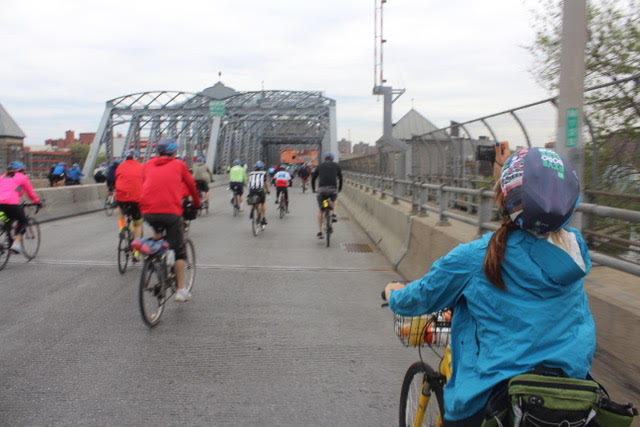

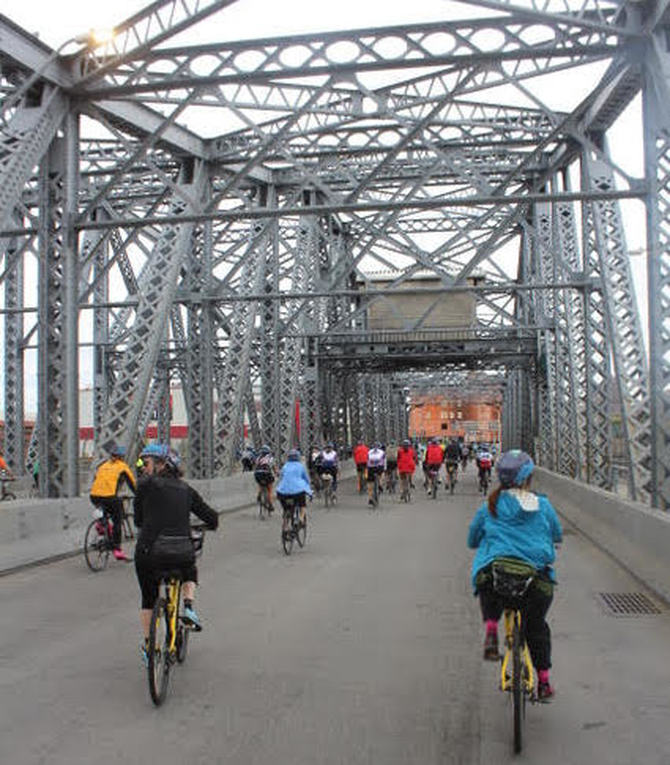
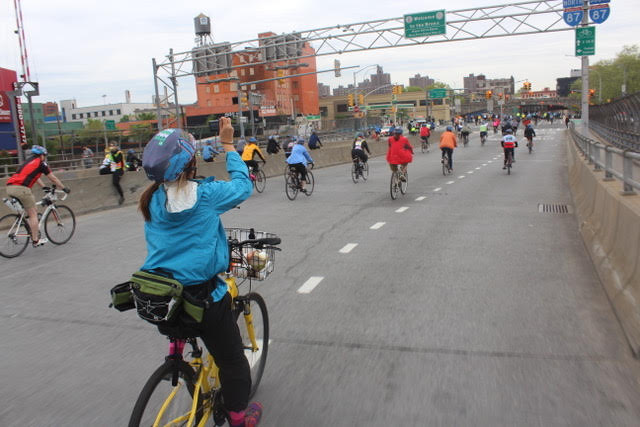



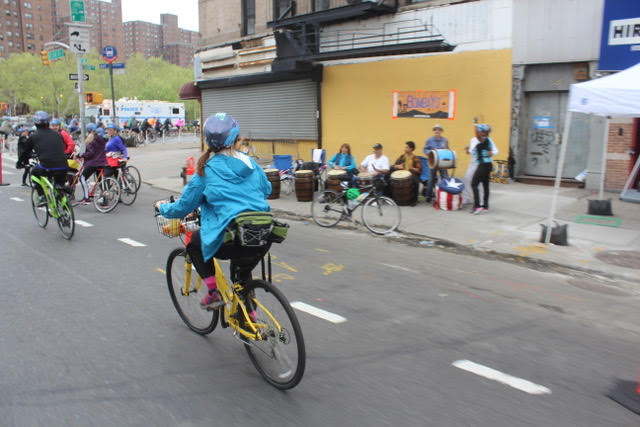

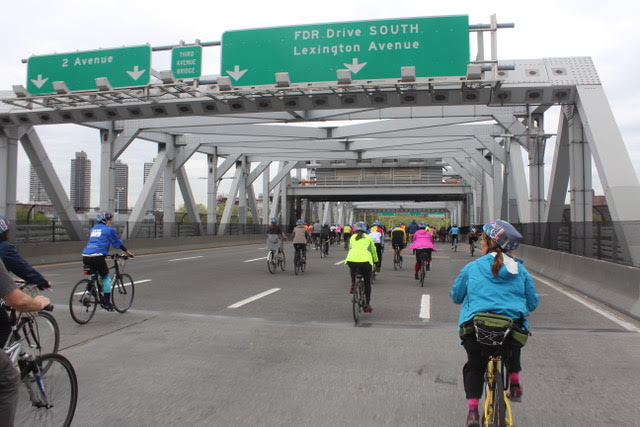


 RSS Feed
RSS Feed